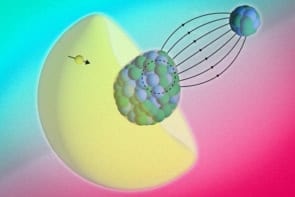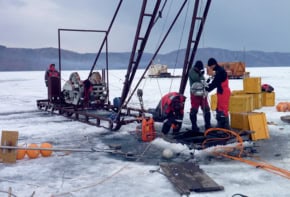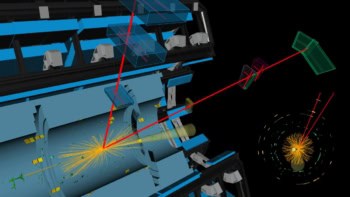Martin Deutsch, the physicist who first detected positronium, has died aged 85. Deutsch devoted his career to teaching and to study sub-atomic particles at Massachusetts Institute of Technology after being nominated for a Nobel Prize for his work on positronium. Deutsch worked on the Manhattan atomic-bomb project during the second world war, but went on to campaign against nuclear weapons.

Born in 1917 in Vienna, Austria, Deutsch emigrated to the US in 1935 and obtained his degree and PhD in physics at Massachusetts Institute of Technology. In 1943, he was recruited onto the Manhattan project at Los Alamos but later joined the Association of Atomic Scientists, an organization that campaigned for the abolition of nuclear weapons.
Deutsch returned to MIT in 1946 as a researcher and lecturer, and he spotted the tell-tale tracks of the decay of a positronium in 1951 when he was studying sub-atomic particles. A positronium ‘atom’ is a hydrogen-like entity that consists of a positron – that is, an anti-electron – and an electron. The existence of positronium was predicted in 1941, nine years after the discovery of the positron and 13 years after Paul Dirac’s original prediction of the existence of anti-matter.
In 1973, Deutsch became head of the laboratory for nuclear science at MIT, a post he held until 1979. Although Deutsch failed to win the 1956 Nobel Prize for which he was nominated for his work with positronium, he remained philosophical, stating that teaching was his main vocation. He taught at the university until 1987, and died earlier this month.



